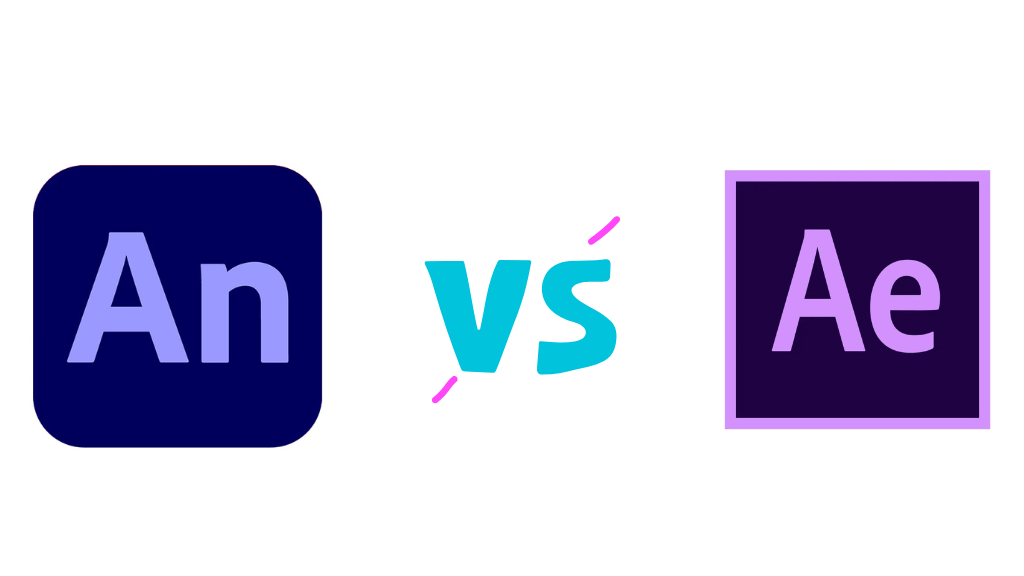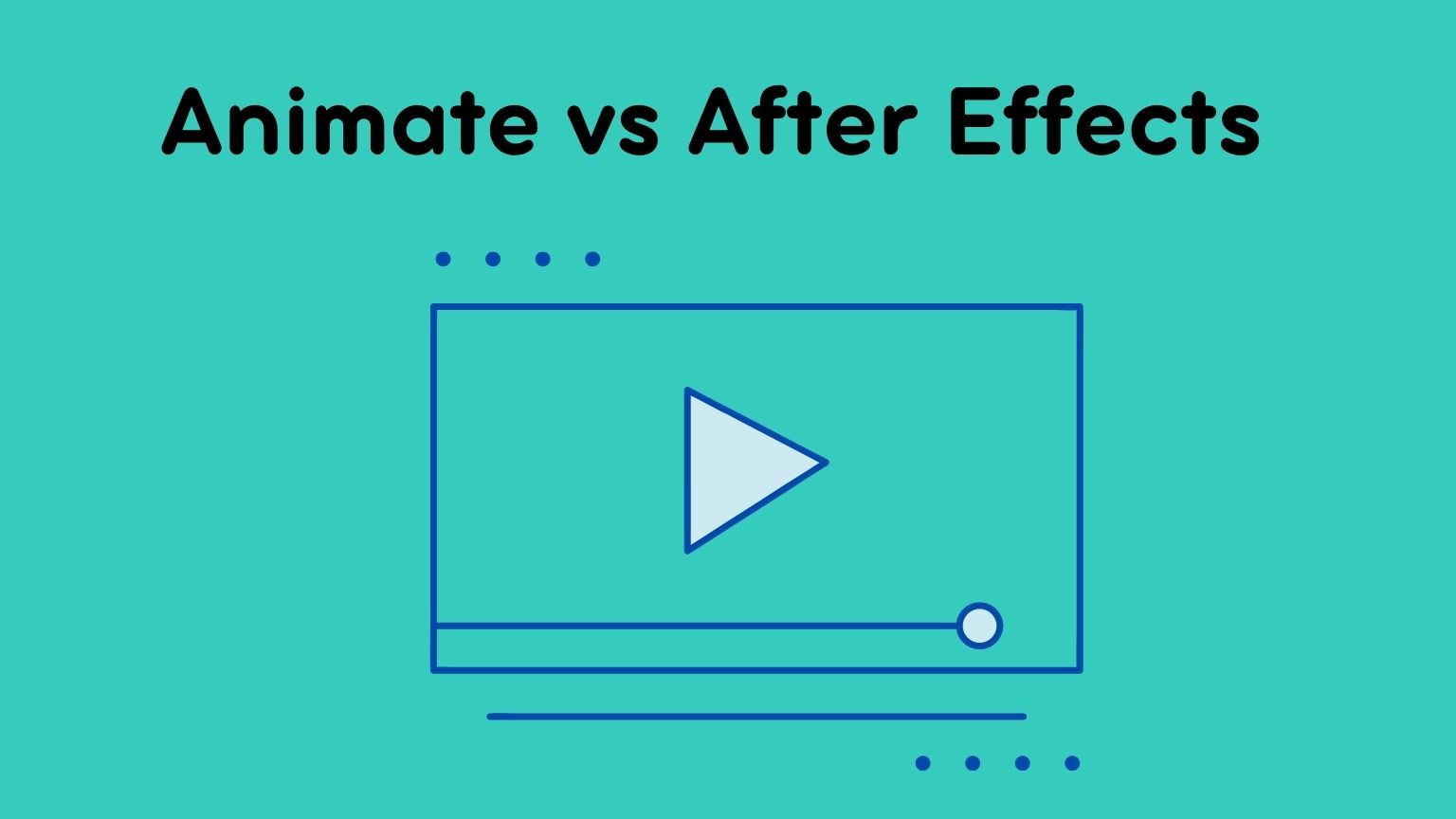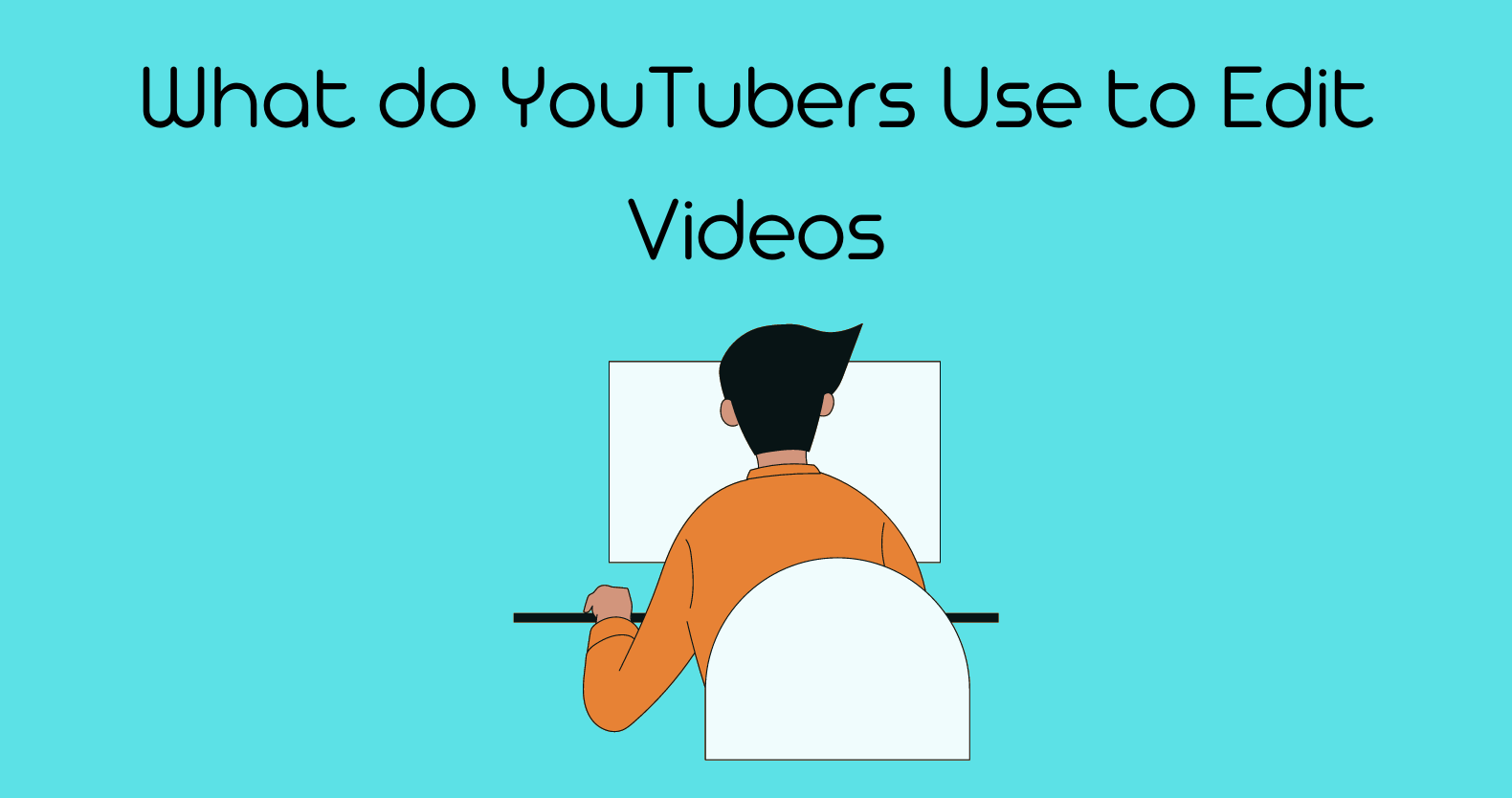If you’re a motion graphics artist, the debate between using After Effects and Animate is one that you’re likely familiar with. Both programs have their pros and cons, and there’s no clear consensus on which is better.
Both Animate CC (previously Flash) and After Effects are Adobe’s two most popular animation programs. But If you’re new to animation software, it may be difficult to determine which one is best for you.
In this blog post, we’ll take a closer look at the two programs to understand their features. We hope this will help you decide which is right for your needs. We’ll look at the differences between these programs to help you choose the one that’s right for you. To put it another way, Animate vs After Effects; which one should you pick?
Animate vs After Effects
Differences between Animate CC and After Effects
As an Animator, you might be wondering what the differences are between Animate CC and After Effects. In the next segment of this blog post, we’re going to explore some of the key features of both programs and how they might benefit you as an animator.
We will also take a look at some pros and cons of each program so that you can make an informed decision about which program is right for you. Let’s get started!
Case Studies
Animate CC
Adobe Animate is better suited to creating what you might call traditional “cartoons.”
After Effects
Motion graphics and infographics are the primary types of animation in which After Effects excels. You’ll see this style a lot in commercials and explainer videos on the internet. This style of animation emphasizes strong 2D design and makes use of After Effects’ unrivaled compositing features to animate smooth transitions between scenes.
Character animation in these works is typically very limited. However, you can combine limited puppet animation with more Detailed character designs used to create more traditional-looking animated shows, such as FX’s Archer.
Animate CC (Computer Animation)
- Animations with a Story
- Puppet Characters for Interactive Web Content
- Animation created by hand
Following Effects:
- Graphics in Motion
- Puppet Characters in Video Compositing
The Learning Curve
Animate CC
Adobe Animate is unquestionably the easier of the two to learn and use as a beginner. There are many techniques to learn in order to fully utilize Animate’s features, and the vector-based drawing tools will take some getting used to. The basic interface and workflow for creating animation, on the other hand, is generally intuitive and simple to learn.
After Effects
While After Effects is still an intuitive program, it has a steeper learning curve. This is due to the fact that After Effects is a very complex program with many applications other than animation.
This means that even the fundamentals of how the program works may be more difficult to grasp. You’ll need some help determining which of the numerous panels and tools are even relevant to your animation process. You’ll also need to learn how to rig a character so that it can be animated in the first place.
Also check out our detailed guide on Movavi vs Wondershare Filmora: Which Is Best For You.
Animate CC Art Tools
Animate
Adobe Animate includes a set of vector drawing tools for creating crisp, scalable artwork with small file sizes and low memory usage. It may take some getting used to if you’re used to drawing with a bitmap drawing program like Photoshop or Procreate.
If you’re concerned that vector tools will be too clumsy for character animation, keep in mind that tools in Adobe Animate work differently than those in Adobe Illustrator, and are much better suited for freehand drawing.
After Effects
You will not be creating your artwork in the program itself when using After Effects. Typically, you would create your characters as a series of separate vector shapes in Adobe Illustrator or Photoshop, which you would then import into After Effects.
Once in After Effects, you can rig those pieces into an animatable character using tools like the Puppet Pin Tool. You can also create characters out of bitmap images created in Photoshop and rig them as puppets in After Effects. However, keep in mind that a character made up of photographic elements will be more limited in how far you can push it before it looks distorted.
Character Puppet Rigging
Animate CC’s character rigging features are fairly basic, but it’s simple to get started and build a character you can work with quickly. You can quickly create very basic puppets in After Effects, but to get the results you really want, you’ll need to dig a little deeper. Making a more advanced character who can bend and flex like you’re used to seeing necessitates the addition of another layer of knowledge.
Fortunately, there are plugins that can automate the most difficult aspects of rigging an advanced After Effects puppet. To get a sense of what goes into the rigging process, look into the open-source plugin DUIK BASSEL.
The Virtual Camera
Both Animate CC and After Effects allow you to create a virtual camera that can be animated to move across your screen. They both also let you arrange your 2D layers in a 3D space to create depth and parallax in your camera movements.
The camera in After Effects, on the other hand, is more advanced and can simulate real camera features such as depth of field, as well as adding motion blur to your moving elements automatically.
DaVinci Resolve vs Lightworks Reviews: Which one is Best
Other Considerations
One significant feature that distinguishes Animate CC from After Effects is the ability to publish content for the web. Adobe Animate supports HTML5 Canvas, WebGL, and SVG animations.
This includes creating animations with interactivity, such as for advertisements or games. If that’s your goal, Animate is the way to go. After Effects is only intended for direct video output.
Cost
Adobe’s Creative Cloud Subscription model is the only way to get Animate CC and After Effects. They are the same price when purchased separately.
HOWEVER… keep in mind that After Effects will require you to create your artwork in a separate program, such as Photoshop or Illustrator. You can get one of those for the same price, but you might want to consider the Creative Cloud All Apps subscription at that point. This grants you access to all of Adobe’s other applications.
How do you choose between Animate CC and After Effects?

Do you need to create animation for your next project?
Are you still wondering whether to choose Animate CC or After Effects?
- Choose Animate CC if you want to do frame-by-frame animation, publish for the web, or simply want a simple tool to get started with and put your creativity to work.
- If you want to invest time in learning a deep and versatile program with applications outside of animation, choose After Effects.
- Making animations in the “InfoGraphic Style” is extremely marketable for advertising and business, and After Effects is ideal for this type of animation. However, it is not well suited to producing highly expressive character animation or narrative content.
LumaFusion vs Imovie Reviews: Which One is Best
Begin now
So, what’s the verdict? Is After Effects or Animate still king of video editing software? The answer is a resounding yes for most users. It all depends on your needs and preferences as both are equally good for video editing.















